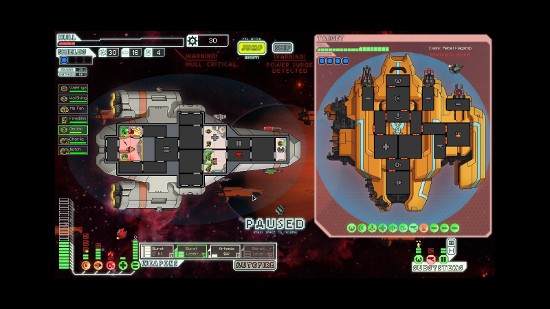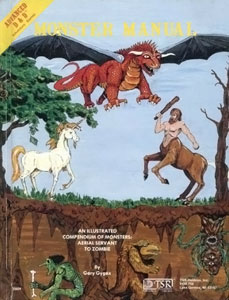| Die result (1d6) | It’s terrible because of… | Example |
|---|---|---|
| 1 | Ideology | The ‘Mech’s poor design is intentional, designed to encourage or discourage certain types of behavior on the battlefield. “It’s shameful the way our Mechwarriors keep their distance from the enemy, sniping at long range, when everyone knows the true spirit of bushido is manifested in face-to-face battle. Well, without any ranged weapons, this ‘Mech will force its pilots to fight with honor.” |
| 2 | This is What Was Available | The ‘Mech was cobbled together using the only resources and equipment available to its designers. Nobody’s under the illusion that it’s a good design, but it’s better than nothing. “We’ve got a warehouse full of heavy ‘Mech chasses, and a big pile of small lasers. Might as well put ’em to use… better than letting them sit around gathering dust.” |
| 3 | Lobbying | A weapons manufacturer bribed its way into a sweet contract with the government, despite the uselessness of the product. “Hey, don’t shoot the messenger—it says here we’re required by our contract to equip every ‘Mech we make with no less than five TrueAim Plus(tm) brand small lasers….” |
| 4 | Untouchable Designer | However ridiculous the end result, the ‘Mech was designed by somebody that nobody dared criticize or contradict. “Why, this ‘Mech was designed by the Crown Prince himself. Surely you’re not implying that His Imperial Majesty knows nothing of battlefield strategy and technology, are you?” |
| 5 | Production Line Screw-up | An error on the manufacturing floor resulted in a badly mis-configured ‘Mech, but by the time anybody noticed, the cost of fixing the mistake had become prohibitive. “Oh dear, we’ve just equipped 500 assault ‘Mechs with armaments meant for light ‘Mechs. But they’ve already started shipping to the frontlines….” |
| 6 | It Wasn’t Supposed to Be This Way | The ‘Mech was an experimental test platform (or maybe a practical joke by an over-tired engineer) that was never intended for mass production. But key emails were skimmed instead of carefully read, and you can guess what happened next. “Don’t worry, nobody would possibly be stupid enough to mistake this for a serious production design… right?” |
 One of the most-read books in my game library when I was in junior high and high school was Technical Readout 3025, a collection of ‘Mechs that you could use in your Battletech games. They were designed using the construction rules in the rulebook, but were also the “official” ‘Mechs used by the different factions within the Battletech setting.
One of the most-read books in my game library when I was in junior high and high school was Technical Readout 3025, a collection of ‘Mechs that you could use in your Battletech games. They were designed using the construction rules in the rulebook, but were also the “official” ‘Mechs used by the different factions within the Battletech setting.
What surprised me at the time was that the Technical Readout contained a number of ‘Mechs that were terribly designed.
By that, I mean that there were numerous ‘Mech designs in the book that were obviously inefficient or just generally ineffective. At the time, I was spending my evenings and weekends poring over the ‘Mech construction rules figuring out how to most efficiently balance weapons, armor, and speed in ‘Mech designs. When “official” ‘Mechs appeared that were subpar, I was surprised and almost offended.
Nowadays, I realize that poorly-designed ‘Mechs are a feature of the setting, not a bug. They add verisimilitude to the Battletech universe. Just as in our modern militaries there are plenty of examples of poorly conceived, ineffective boondoggles, so the militaries of the Battletech world would have been plagued by such things. But at the time, I was mostly just annoyed that I had paid money for a book that contained ‘Mech designs no competent player would ever want to be stuck with.

It looks cool, but trust me… you don’t want to be stuck piloting one. And you know, it doesn't even look that cool.
At the time, the presence of the Charger was an inexplicable annoyance. These days, it’s a charming part of the setting. And it makes for a fun excercise to imagine how such a poorly-conceived ‘Mech would make it from the planning stages to the actual battlefield. Above is a quick chart I put together to answer the question. When you’re handed a terrible ‘Mech to play with, just roll a six-sided die on the chart above to see how it came to be.
Obviously, this’d work with any military or sci-fi game, with slight tweaking. What other reasons should be added to this table?








 Hey, look! A new version of the vintage Rolemaster RPG is out, and they’ve released
Hey, look! A new version of the vintage Rolemaster RPG is out, and they’ve released 






